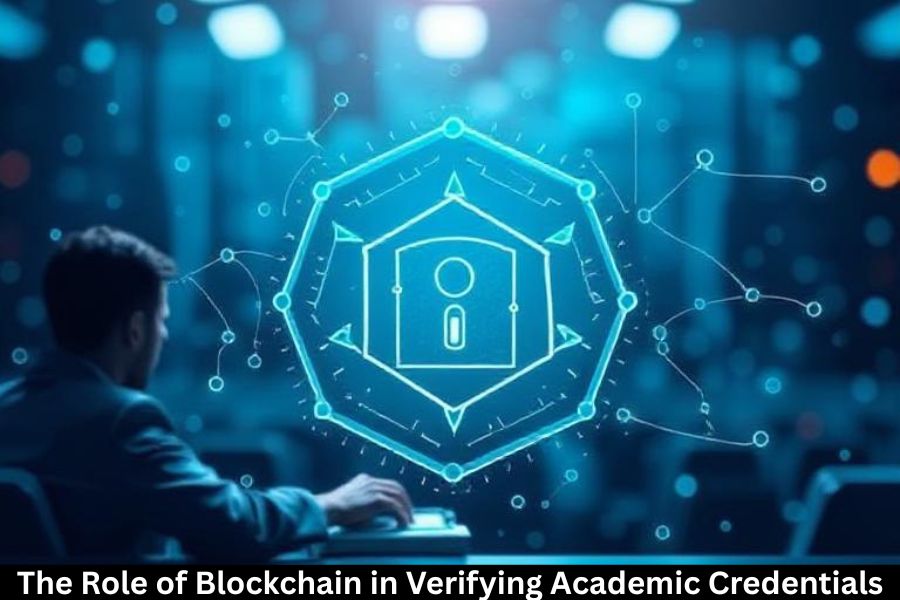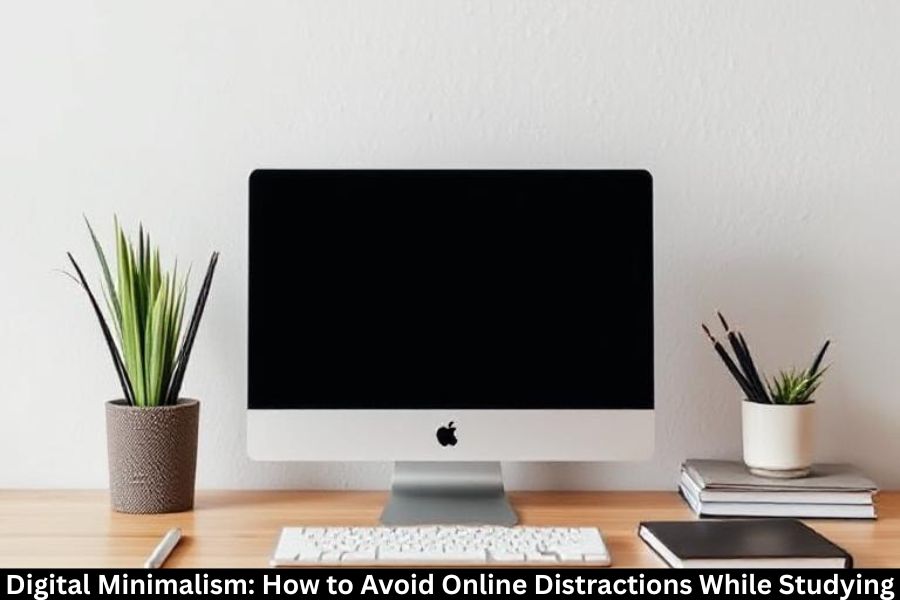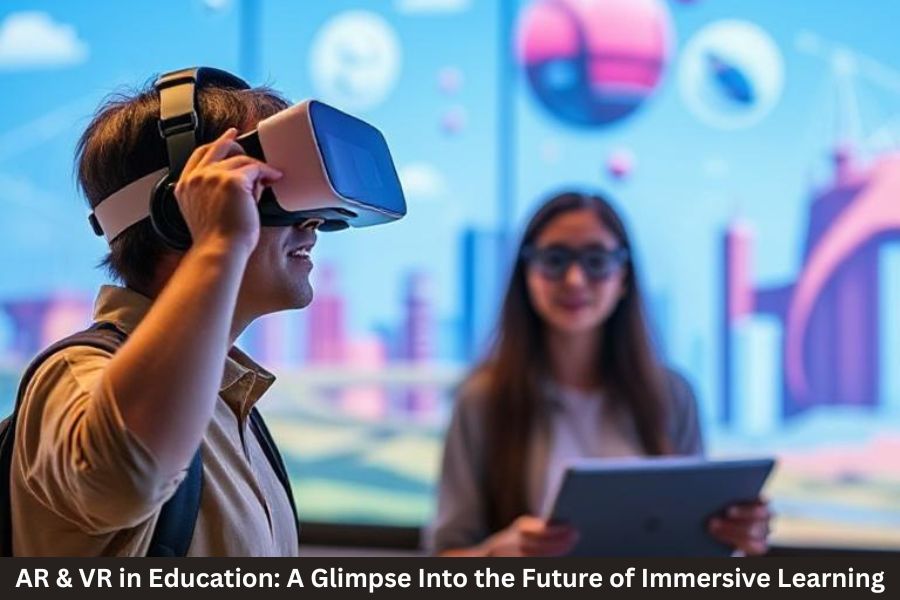In an era where authenticity and trust are paramount, verifying academic credentials has become a critical challenge for educational institutions, employers, and graduates alike. Traditional methods of credential verification often involve time-consuming paperwork, manual checks, and vulnerability to fraud. Enter blockchain technology, a revolutionary tool that is reshaping how academic achievements are recorded, shared, and verified.
This article explores how blockchain is transforming the verification of academic credentials, making the process more secure, efficient, and transparent.
What Is Blockchain?
Blockchain is a decentralized, digital ledger technology that securely records transactions across a network of computers. Each record (or “block”) is linked to the previous one, creating a chain that is tamper-proof and transparent. Originally developed for cryptocurrencies like Bitcoin, blockchain’s potential extends far beyond finance—into education, healthcare, supply chain, and more.
Why Is Verifying Academic Credentials Important?
Academic credentials—degrees, diplomas, certificates—are essential proof of a person’s educational background and qualifications. Employers, professional bodies, and institutions rely on these documents to:
- Ensure candidates have the required skills and knowledge
- Prevent résumé fraud and counterfeit degrees
- Streamline recruitment and admission processes
However, verifying credentials can be slow, costly, and sometimes unreliable due to paper-based systems and centralized databases vulnerable to hacking or manipulation.
How Blockchain Enhances Credential Verification
1. Immutability and Security
Once academic credentials are recorded on the blockchain, they cannot be altered or deleted. This immutability ensures the authenticity of the records, preventing forgery or tampering.
2. Decentralization
Blockchain operates across a network of computers rather than a single centralized authority. This decentralization eliminates the risk of data loss or manipulation and ensures credentials are accessible anytime from anywhere.
3. Instant Verification
Employers or institutions can verify credentials instantly by accessing the blockchain, without needing to contact universities or wait for manual confirmation. This accelerates background checks and admissions.
4. Privacy and Control
Students and graduates retain control over their academic data. They can share their credentials securely with third parties without handing over sensitive information or risking unauthorized access.
5. Cost Efficiency
By automating verification and reducing administrative tasks, blockchain lowers the costs associated with credential validation.
Real-World Applications of Blockchain in Education
Several universities and platforms have started adopting blockchain for academic credentials:
- MIT’s Digital Diploma Initiative allows graduates to receive tamper-proof digital diplomas on the blockchain.
- Sony Global Education developed a blockchain platform for storing and verifying academic records globally.
- Learning Machine offers blockchain-based credentialing solutions for schools and professional organizations.
These initiatives demonstrate blockchain’s potential to create a global standard for verifiable academic achievements.
Challenges and Considerations
While blockchain offers many advantages, there are hurdles to widespread adoption:
- Technical Complexity: Integrating blockchain with existing systems requires expertise and investment.
- Standardization: Lack of universal standards for blockchain credentials can lead to compatibility issues.
- Regulatory Concerns: Data privacy laws (like GDPR) must be carefully navigated.
- Acceptance: Employers and institutions need awareness and trust in blockchain-verified credentials.
FAQs: Blockchain and Academic Credentials
Q1: Can blockchain credentials be faked?
No. The cryptographic security and immutability of blockchain make tampering virtually impossible.
Q2: How do students access their blockchain credentials?
Typically through secure digital wallets or apps that store and share verified credentials.
Q3: Is blockchain verification faster than traditional methods?
Yes, verification can be near-instantaneous, eliminating delays in manual checks.
Q4: Can blockchain be used for all types of academic credentials?
Yes, from degrees and certificates to micro-credentials and badges.
Q5: Are blockchain credentials widely accepted?
Adoption is growing but varies by region and sector. More awareness and partnerships are needed.



